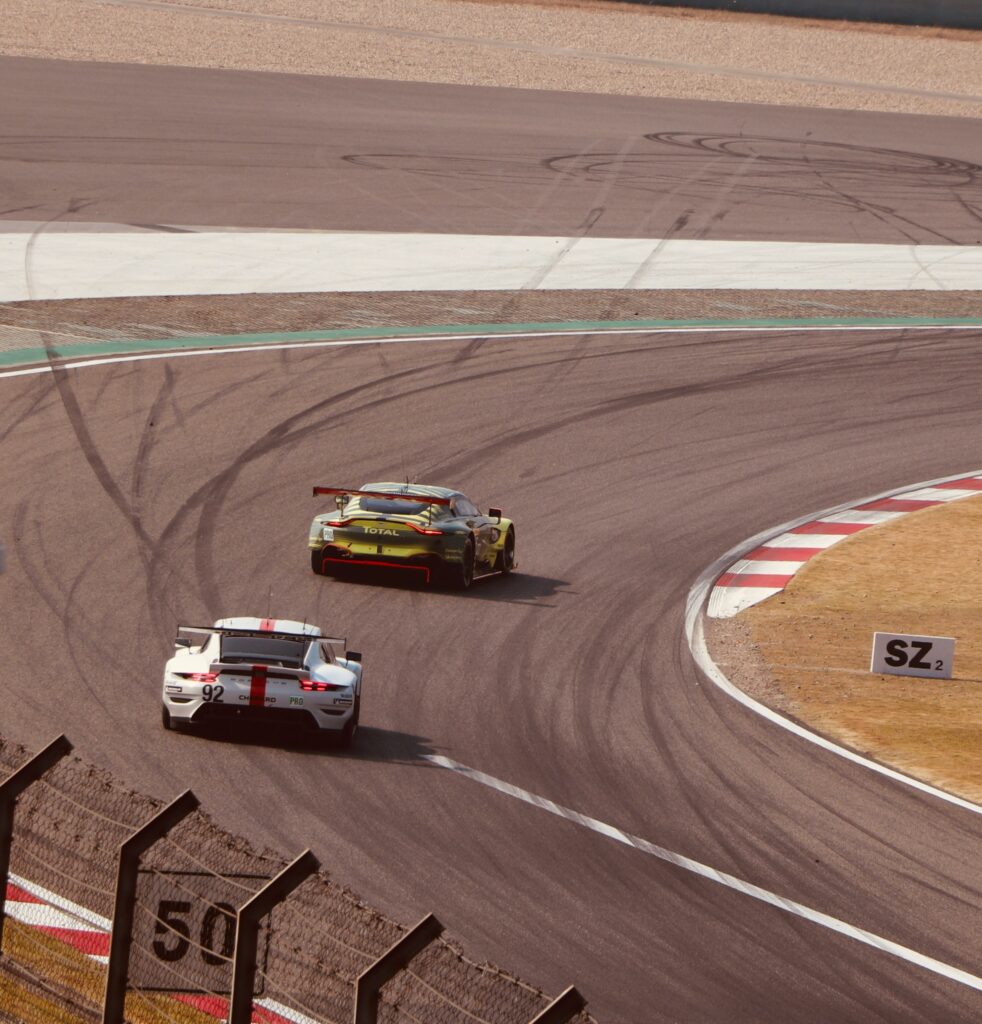You’ve put together a group of smart, capable people. They have the skills, the experience, and the resources to succeed. So why does everything feel like an uphill battle? Deadlines slip. Meetings are unproductive. Team members avoid tough conversations. There’s plenty of work happening, but real collaboration feels forced—or worse, nonexistent.
According to Patrick Lencioni, author of The Five Dysfunctions of a Team, most teams don’t fail because of a lack of talent—they fail because of broken dynamics. If trust is weak, communication is guarded, and accountability is missing, even the best teams will struggle.
The good news? Dysfunction isn’t permanent. Teams that recognize these challenges can rebuild trust, improve alignment, and start working together instead of against each other.
What Are the Five Dysfunctions of a Team?
Lencioni’s model identifies five common breakdowns that prevent teams from performing at their best. These dysfunctions build on one another—if the foundation is weak, everything above it collapses.
1. Absence of Trust
When team members don’t feel safe admitting weaknesses, asking for help, or owning mistakes, they avoid vulnerability. Instead of working through challenges together, they protect themselves.
How it shows up: People hesitate to speak up, share ideas, or admit when they need help. Meetings feel guarded and political.
How to fix it: Leaders must model vulnerability—admitting mistakes, asking for feedback, and creating a culture where honesty is rewarded, not punished.
2. Fear of Conflict
When teams avoid difficult conversations, problems fester. Without constructive debate, bad ideas go unchallenged, and decisions lack real commitment.
How it shows up: Meetings are full of surface-level agreement, but real concerns are raised in side conversations later. Disagreements feel personal rather than productive.
How to fix it: Normalize conflict as part of healthy teamwork. Encourage open, respectful debate and emphasize that disagreement is about finding the best solution, not winning an argument.
3. Lack of Commitment
If people don’t believe their voices have been heard, they won’t fully commit to decisions. Even if a team moves forward, members may still doubt the direction and resist execution.
How it shows up: People nod along in meetings but don’t follow through. Teams struggle with indecision, second-guessing, or revisiting the same topics repeatedly.
How to fix it: Create clarity on decisions, assign clear owners, and ensure that even those who disagree understand the rationale and can support the team’s direction.
4. Avoidance of Accountability
When there’s no culture of accountability, people hesitate to hold each other to high standards. Underperformance is tolerated, and results suffer.
How it shows up: Team members avoid calling out missed deadlines or subpar work. Feedback is left to managers rather than peers.
How to fix it: Establish shared expectations and make accountability a team responsibility, not just a leadership function. Give people permission to call out issues constructively.
5. Inattention to Results
When personal interests or departmental goals take priority over team success, collaboration breaks down. People optimize for their own success instead of driving collective outcomes.
How it shows up: Silos form between teams. People focus on looking good individually rather than delivering results together.
How to fix it: Reinforce a team-first mentality by aligning incentives, recognizing collective achievements, and making team success visible and measurable.
How Teams Get This Wrong
Even well-intentioned teams struggle because they:
- Mistake politeness for trust. Just because a team gets along doesn’t mean they have real trust. If people aren’t willing to be vulnerable, the foundation is weak.
- View conflict as destructive rather than productive. Healthy teams debate ideas openly without making it personal. Fear of conflict leads to artificial harmony but hidden resentment.
- Assume commitment instead of confirming it. If leaders don’t explicitly confirm alignment, teams move forward with uncertainty, leading to weak follow-through.
- Rely too much on top-down accountability. If only managers hold people accountable, teams lack the ownership needed for real performance.
- Celebrate individual wins over team outcomes. When organizations reward personal success over collective impact, dysfunction creeps in.
How to Fix a Dysfunctional Team
Build psychological safety. Create an environment where people feel safe taking risks, admitting mistakes, and asking for help.
Encourage healthy conflict. Set the expectation that disagreement is a sign of engagement, not dysfunction. Teams that debate ideas reach better decisions.
Clarify decisions and commitments. At the end of every major discussion, confirm what was decided, who is responsible, and what happens next.
Make accountability a team effort. Shift from top-down enforcement to peer accountability—everyone should feel responsible for team success.
Prioritize team outcomes over individual wins. Make collective success visible and align incentives so everyone is working toward the same goal.
Final Thought
Most teams don’t fail because of a lack of skill or intelligence—they fail because trust is low, communication is guarded, and accountability is weak.
But dysfunction isn’t permanent. When teams recognize these challenges and commit to improving how they work together, they can go from frustration to high performance.













